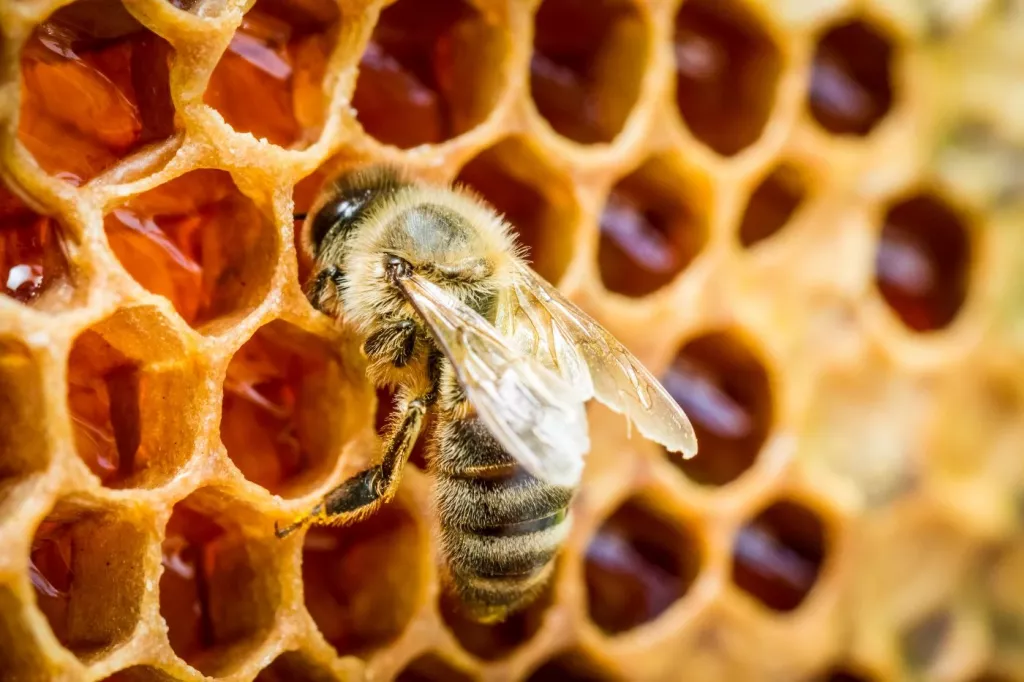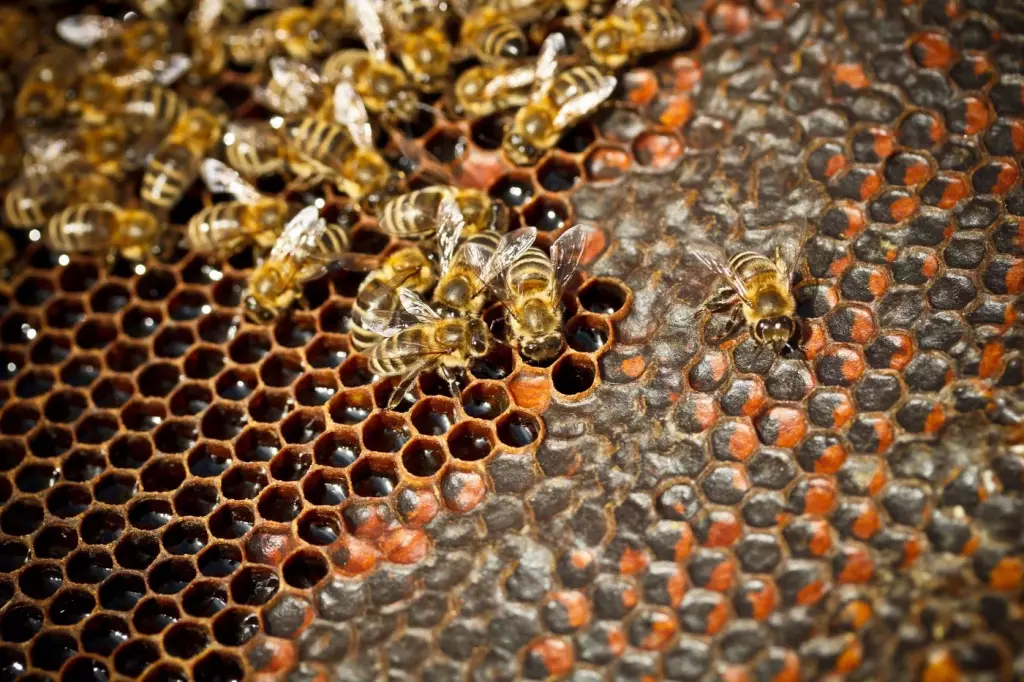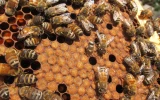Why Do Bees Kill Their Queen? (5 Surprising Reasons)
In a beehive, the queen plays a central role in the colony's success, and yet, despite her all-powerful authority, she may be replaced by her worker bees. But why do bees kill their queen when a healthy hive needs one to survive? There are several surprising reasons.
The queen may produce sterile and ineffective male bees, become ill or injured, be recognized as an invader, lay fewer eggs, or be replaced by a new, younger queen.
Contrary to popular belief, the queen bee does not rule over the hive. Instead, the hive functions in a democratic system, with major decisions being made through voting. This includes the decision to kill and replace the queen.
Summary
- Queen bees can be killed and replaced by their colony
- Hives functions in a democratic system
- Workers bees feed female larvae royal jelly to develop them into queen bees
- Colonies can reject a new queen bee if they do not like her smell

On this page:
The Queen Produces Sterile Males
One reason for queen replacement is when the queen produces sterile male bees. Queen bees only mate once in their lifetime and use the sperm to produce their offspring. However, if the queen mates with a drone that shares a similar genetic structure to hers, she produces sterile males, also known as diploid males.
These males cannot reproduce, consume resources, or work, and they have a distinct scent that the hive can detect. As a result, they are targeted and killed, and the queen is replaced.
Queen bees need to mate with fertile male drones to ensure the eggs produced are healthy and fertilized.
The Queen Is Recognized as an Invader
Another reason for queen replacement is when the queen is recognized as an invader. Every queen emits a specific pheromone that allows her worker bees to recognize her. If a queen is introduced to a queenless hive, the bee colony may reject her if they are unfamiliar with her pheromone.
In some cases, if the queen stumbles into the wrong hive, the bees will mark her as an invader and attack her until she is killed.
The Queen Is Wounded or Sick
Sometimes the queen may also be replaced if she becomes sick or injured and becomes unable to perform her duties properly. This can be a natural incident such as being wounded during flight or if the queen is suffering from a contagious disease, the hive may decide to kill her to prevent the disease from spreading to the rest of the hive.
Other incidents may also be intentional such as a beekeeper cutting off a queen’s middle legs to prevent her from leaving. When the hive is alerted of new changes from their queen, they may decide to kill her off.
In the world of bees, the survival of the hive takes priority over the queen. If the queen is unable to maintain the strength and productivity of the hive, the worker bees will kill her and prepare for a new queen to ensure the continuation of the colony.
The Queen Lays Fewer Eggs
For a hive to continue thriving, the queen must lay a sufficient number of eggs to maintain the size of the hive and consistently produce new offspring to carry out the necessary tasks for the hive’s survival.
But even with the longest lifespan, the queen bee will grow old and die. The stored sperm will be depleted and she will lay fewer eggs. Her pheromones will also become weaker.
All of these signals alert the workers that her time is near and one of two things can happen: the colony will kill her, or she retires when the new queen comes into power.

There Are Multiple Queen Births
There is a dispute over the succession of the hive: In some cases, multiple queens may emerge and compete to become the leader of the hive. It takes a week or 16 days for the queen cups to hatch. When the first queen hatches, she will instinctively kill the other pupas still in their cell.
However, if two young queens hatch at the same time, they will fight each other to the death and the one who survives becomes the new queen.
Rarely in a few cases, when the old queen is still alive, the young queen bee will also challenge her to fight to the death. And the surviving bee becomes the only queen in the hive.
Who Kills the Queen Bee?
It is mostly the worker bees who assassinate the queen. Either they will sting her tirelessly until she dies. Or they will swarm her to trap her in a ball-like prison known as balling and she suffocates to death.
Although cruel, bees killing their queens is a natural step in the process. Bees need their hive to stay alive and for them, having a younger queen replace the old one stands a better chance for the hive’s survival.
What Happens to Queenless Hives?
In certain cases, a queenless hive can go on functioning; however, their survival is short-lived. Without a queen to produce more offspring, worker bees will die in a matter of months.
Fortunately, there are two natural ways for bee colonies to get a new queen, either supersedure or swarming.
Supersedure
If you let nature runs its course, supersedure happens. It is a common and natural process for bees to get a new queen. When a queen bee dies or is gone, worker bees prepare queen cells to develop the queen bee larva as it grows.
When the fertilized eggs are hatched, they can either become worker bees or queen bees. Larvae chosen to become future queens are fed large amounts of royal jelly which causes them to develop and grow into queen bees.
Swarming
Queen bees rarely leave their hive. But in certain situations, it does happen. One situation is when a young queen leaves the nest to mate with as many as 10-30 fertile drones. She collects sperm to store them in her spermatheca. She uses her collected sperm to prduce as much as 2000 eggs a day.
Another instance is when the colony splits in half. The old queen moves off to build a new hive and leaves behind fertile eggs that will one day become young queen bees. Half of the hive will go with her while the remaining ones left behind will take care of the fertile eggs until they hatch into a new queen.
If a bee hive fails to do these, then the colony will eventually die off and disappear. Fortunately, beekeepers can step in and prevent that from happening.
Requeening
Requeening is when a beekeeper introduces a new queen into the colony when the natural course has failed. This helps bee colonies survive and continue with the hive.
However, there are instances when the colony will reject the new queen. This is because every queen emits a specific pheromone that allows bees to recognize her. If the worker bees do not like the smell of the new queen bee, they will reject and outright attack her.
The best course of action is to introduce a new queen that comes from a colony that’s genetically related to the queenless hive. Queenless hives are more likely to accept a new queen that shares the same genetics as their previous queen.


